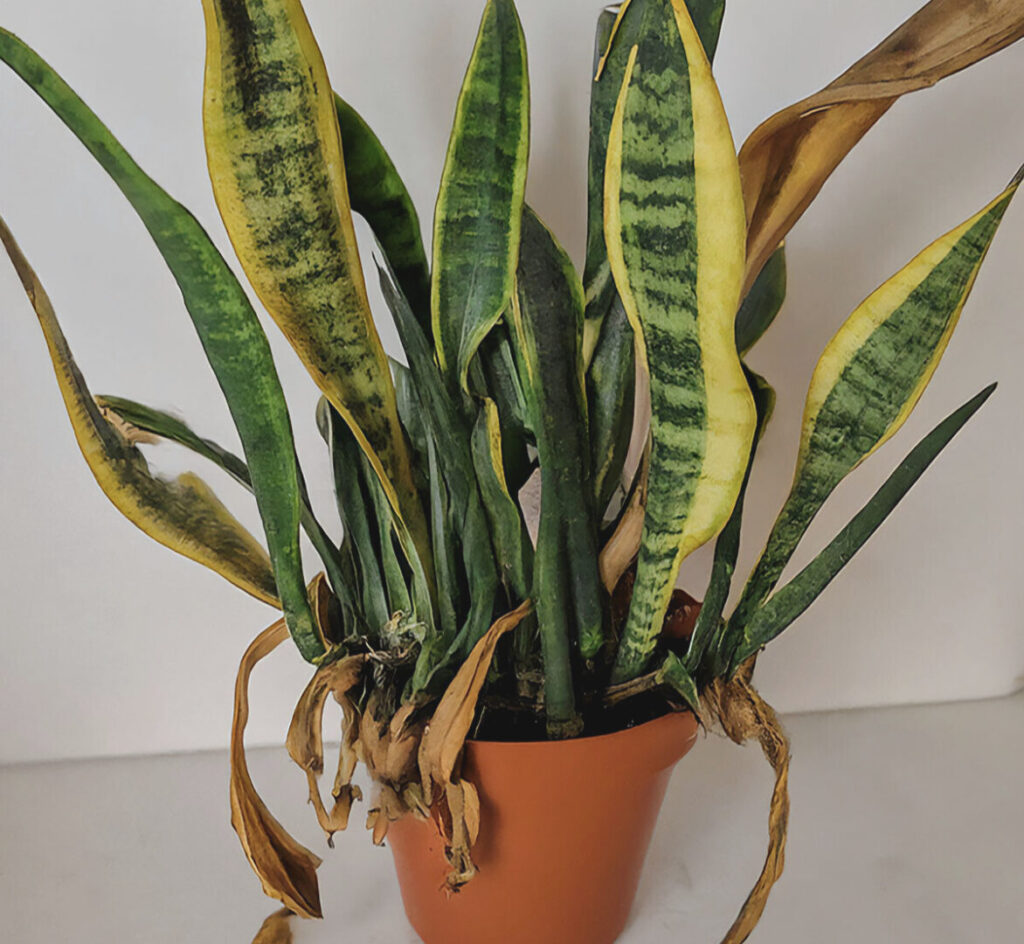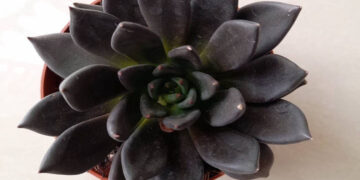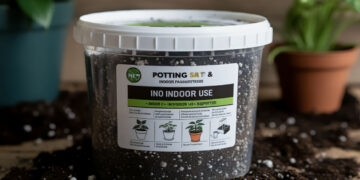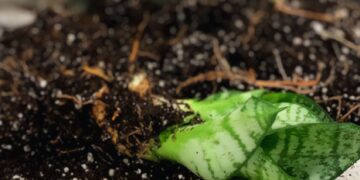
If you find that your snake plant has root rot and you’re worried about losing it, I have come to your aid to rescue your snake plant from root rot by giving it a second chance.
Why does snake plants’ root rot happen?
The real kickers are overwatering and poor drainage. However, it would be best to avoid ignoring the effects of using compact soil with low drainage, a large pot without drainage holes, and a low temperature.
When you water the snake plant a lot, you have prepared an aerobic environment that is perfect for the growth of pathogens, particularly fungi like Pythium and Phytophthora. These unwelcome guests attack the roots, causing snake plant root rot, so your snake plant can no longer absorb water and nutrients.
How to identify snake plant root rot?
Root rot in all Snake plant varieties first shows itself with the bad smell of the soil. If you hear an unpleasant scent from the soil, your snake plant leaves have turned yellow and withered above the soil, and the stems of the plant base have become soft and mushy. Unfortunately, tragedy has struck, and the snake plant rot roots have happened. A healthy root is firm and white, but when it rots, it looks brown, black, and mushy.
Save your snake plant from root rot in a flash!
These are the things I did step by step when my snake plant got root rot:
Removing the Plant from its Pot
I carefully took the plant out of the pot so as not to cause more damage.
Rinsing the Roots
Then, I gently washed the roots to remove the soil and make it easier to see the affected parts.
Trimming Affected Roots
Now it was time to get rid of all the rotten and mushy roots, almost like pruning snake plants; I picked them all with sterilized scissors or pruning shears.
Disinfecting the Roots
In the next step, I applied cinnamon powder to the cut parts, which is a kind of homemade fungicide. Moreover, you can also use commercial fungicides.
Letting the Roots Dry
After that, I left the healthy roots in the open air for a few hours to dry well.
Repotting in Fresh Soil
When it comes to repotting snake plants, you should pay attention to the snake plant soil. So, I bought a new suitable pot, fresh potting mix, and soil to prevent my houseplant from dormant fungal spores, and finally, I changed the pot of my plant.
Follow-up care
The main treatment of snake plant root rot is over, but it is better to master how to care for snake plants to avoid snake plant root rot. Place the healthy snake plant where there is enough airflow, and pay attention to how often to water a snake plant, how much light a snake plant needs, and how much snake plant fertilizer to use.
Monitor Recovery
The danger of snake plant root rot is around. I always watch my snake plant’s symptoms carefully to see if it is in good condition.
Tip: Remember to clean the snake plant pot and tools from soil and debris. I usually wash them with soap and water, bathe them for 10 minutes in a 1:9 solution of bleach and water, and let them dry after washing. In this way, it is completely ready to be used again.
Consequences of Untreated Root Rot
If you detect the decay in time and carry out the cure steps one by one, your plant’s recovery is guaranteed. Sadly, if the decay is too severe and not treated in time, the snake plant will die.
Don’t let it slip your mind!
If I remember correctly, my dear mother gave me a snake plant vase when I was 14 or 15. I had heard that this houseplant, always on the bedroom windowsill, is stubborn in difficult conditions and doesn’t need a lot of water and light.
To be honest, I was very naughty at that time and didn’t pay enough attention to it. The beautiful snake plant I was excited to see on the first day had turned yellow and smelled terrible.
I dug up some of the soil with my hand and realized the root had rotted. Unfortunately, I lost the plant and was to blame for these events.
I mentioned this sad memory so you know that even the hardest plants need care and attention. So don’t leave your snake plant.

Source:
https://yardandgarden.extension.iastate.edu
Got questions or experiences? Share them in the comments—your insights help everyone.

























